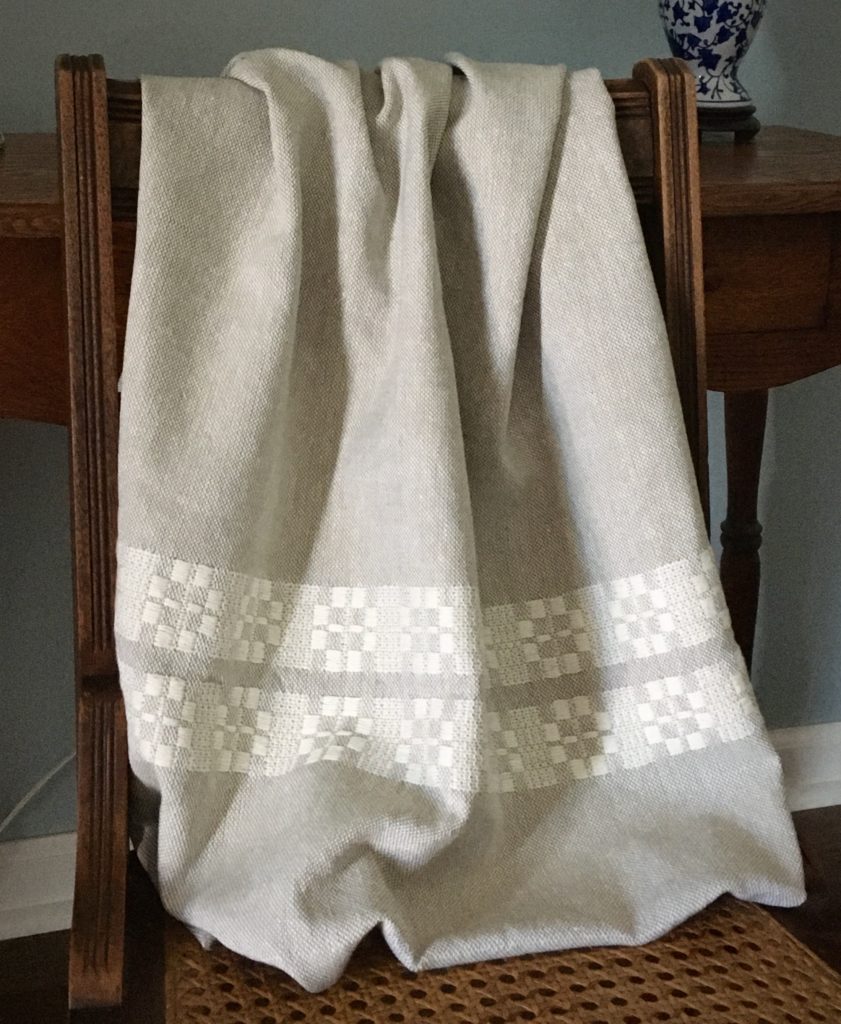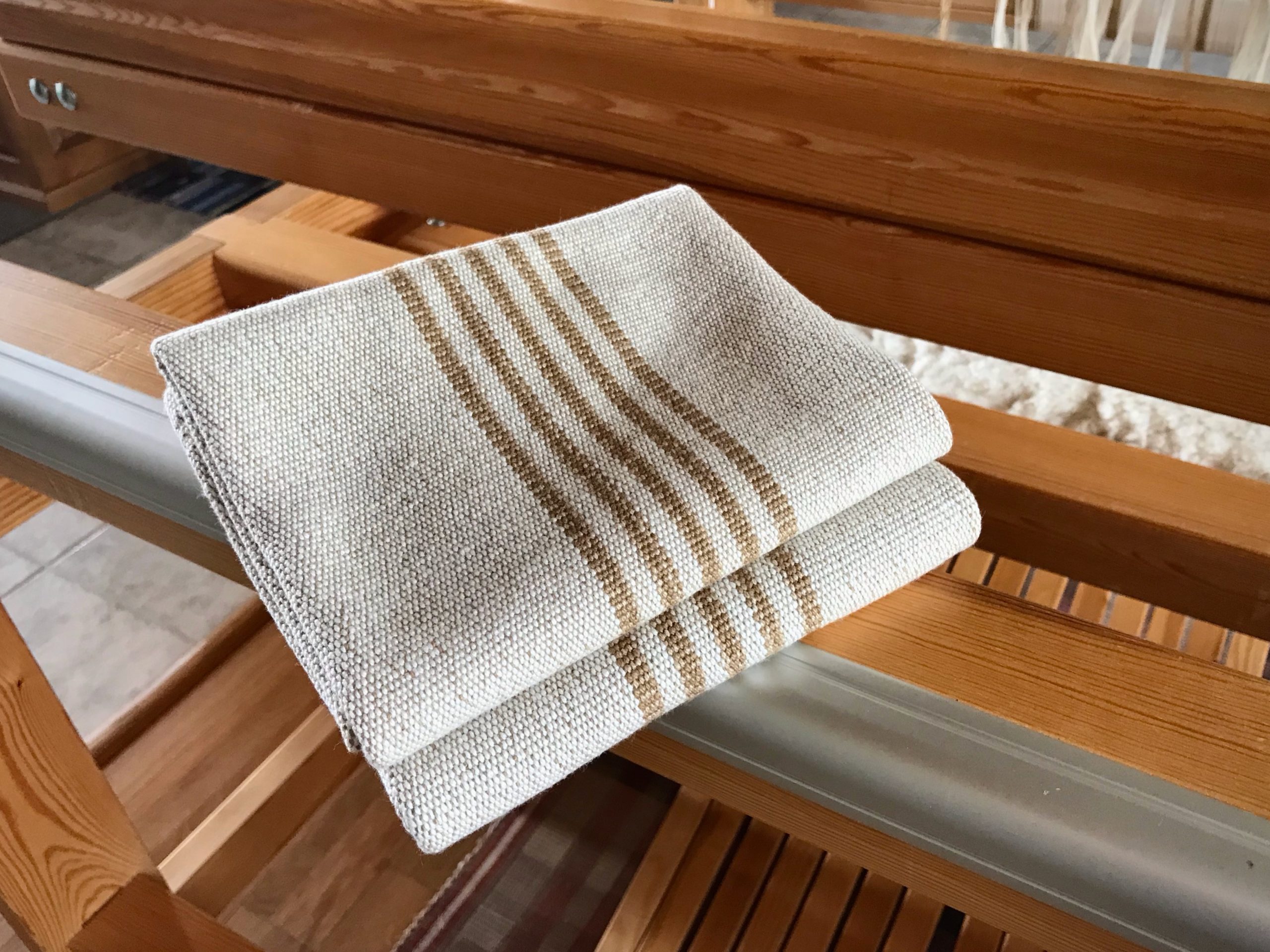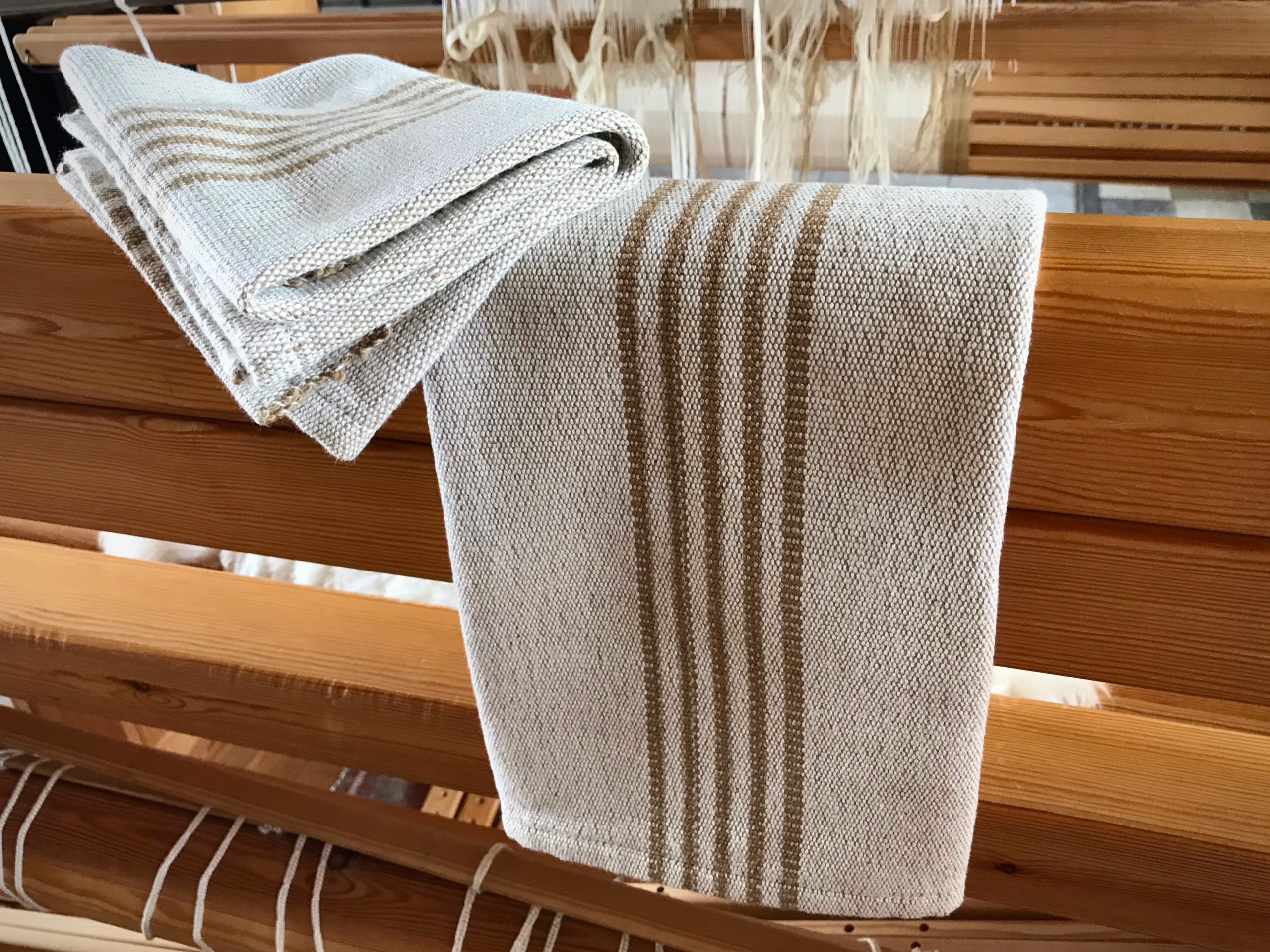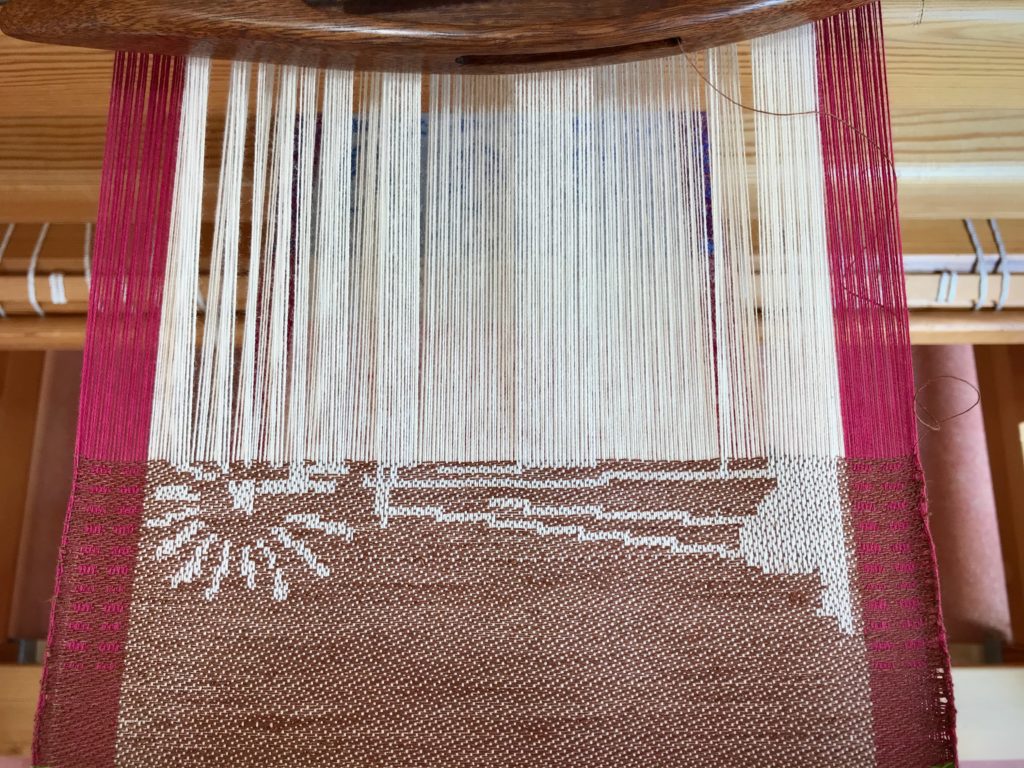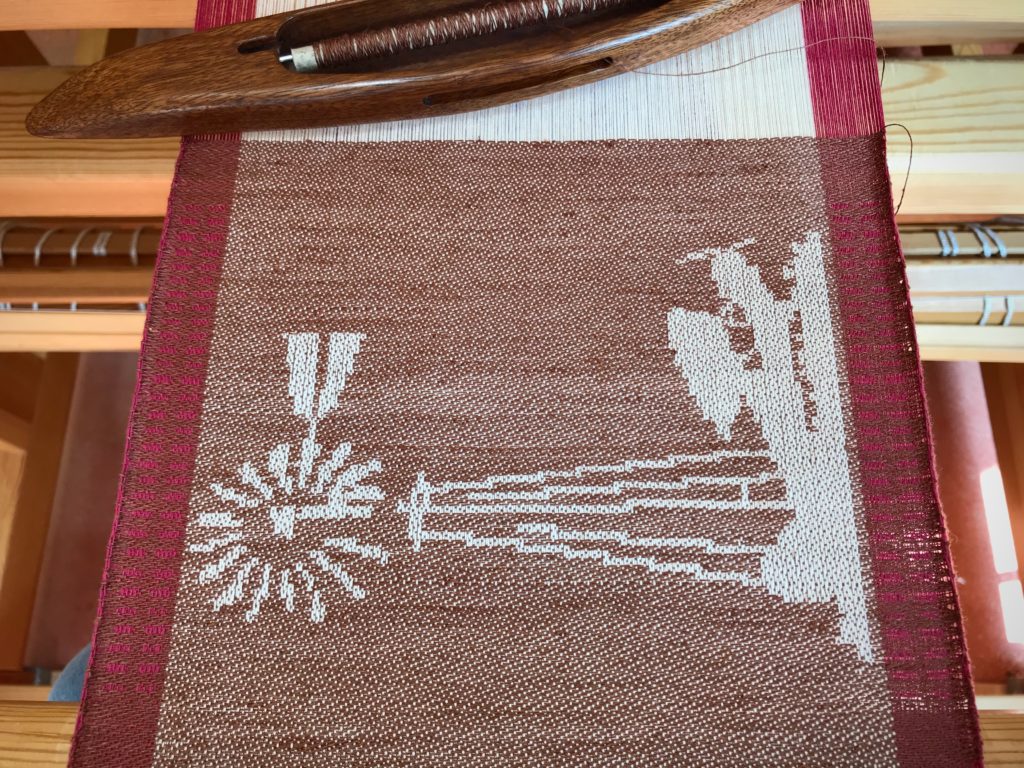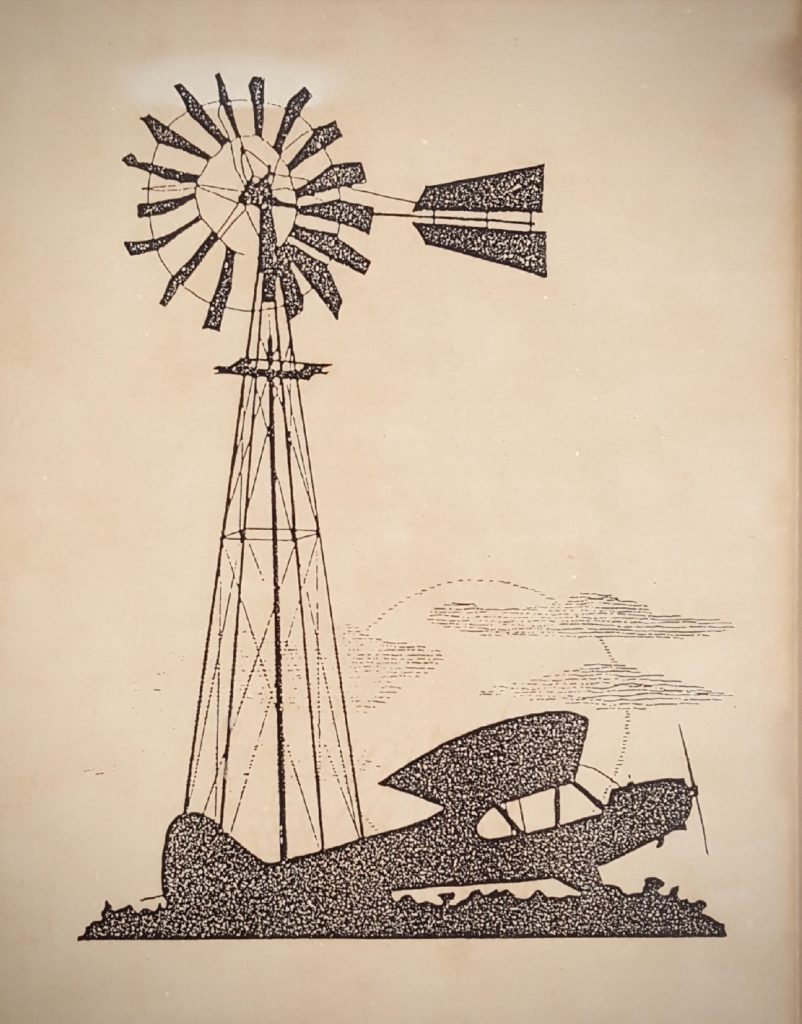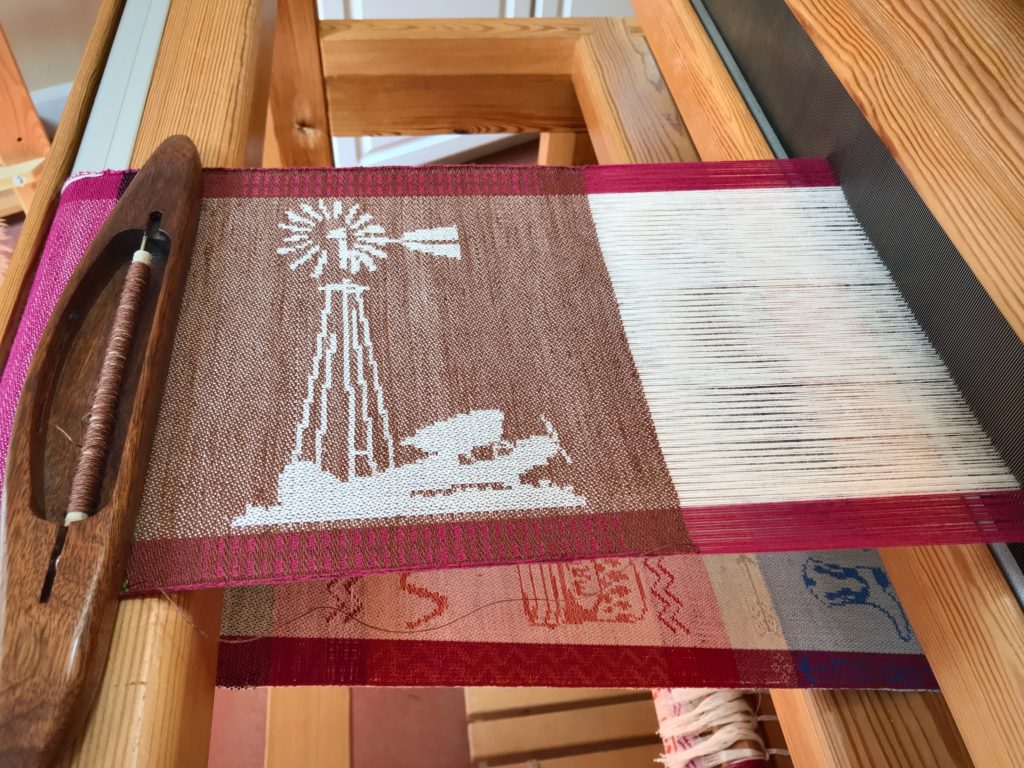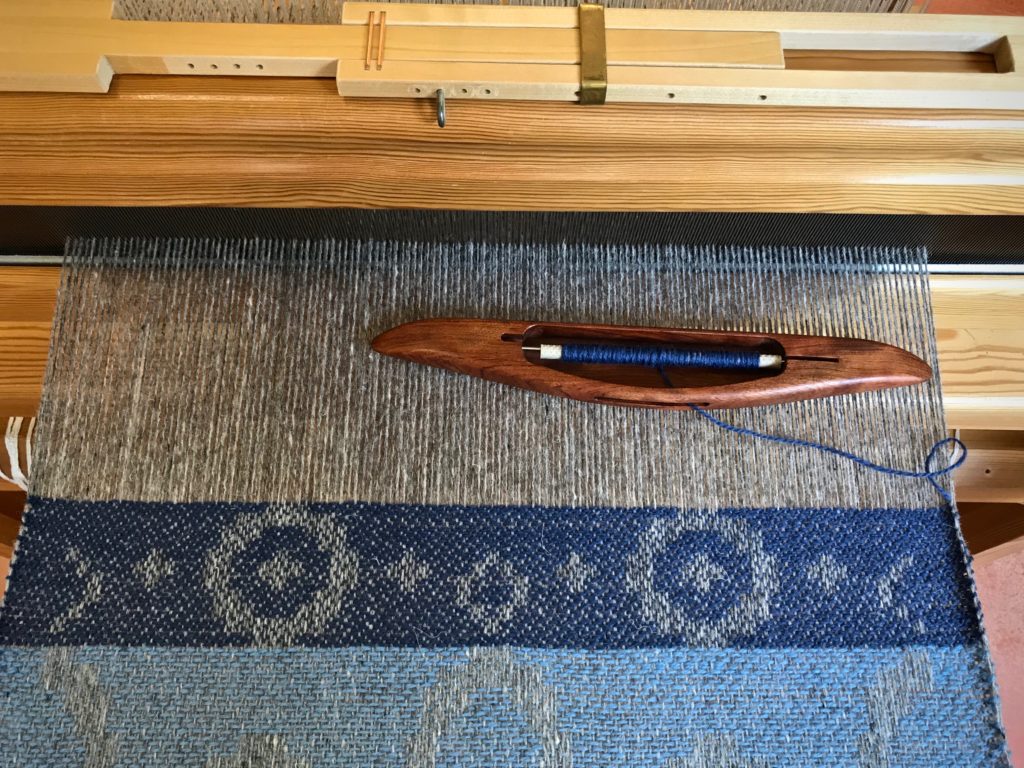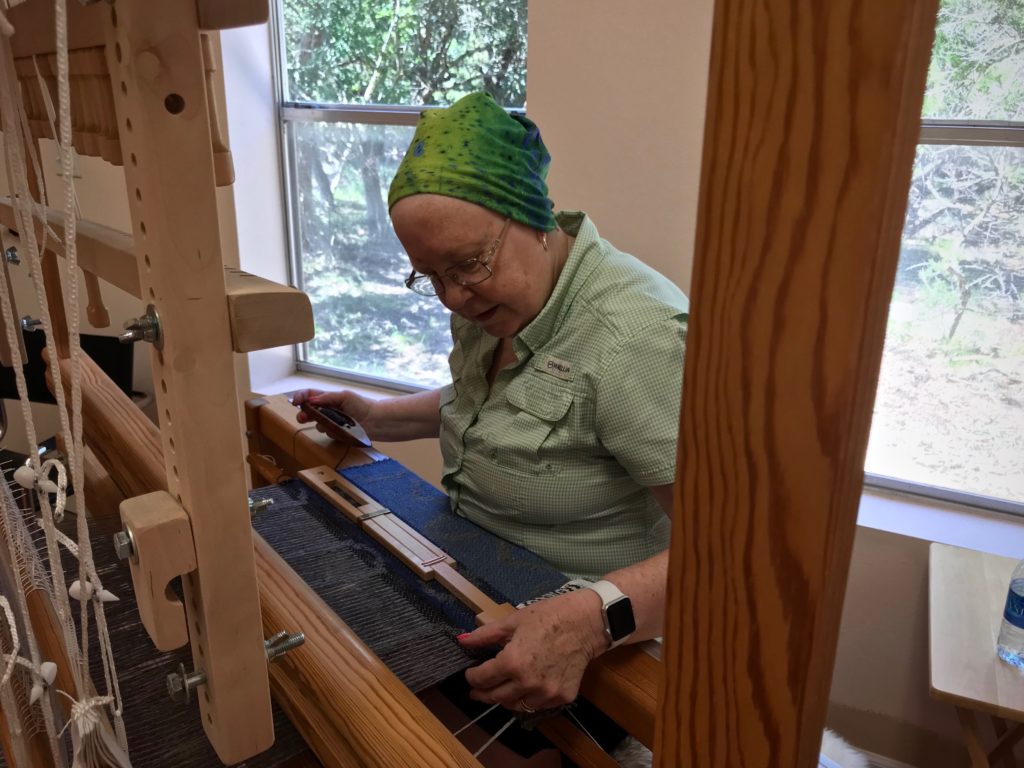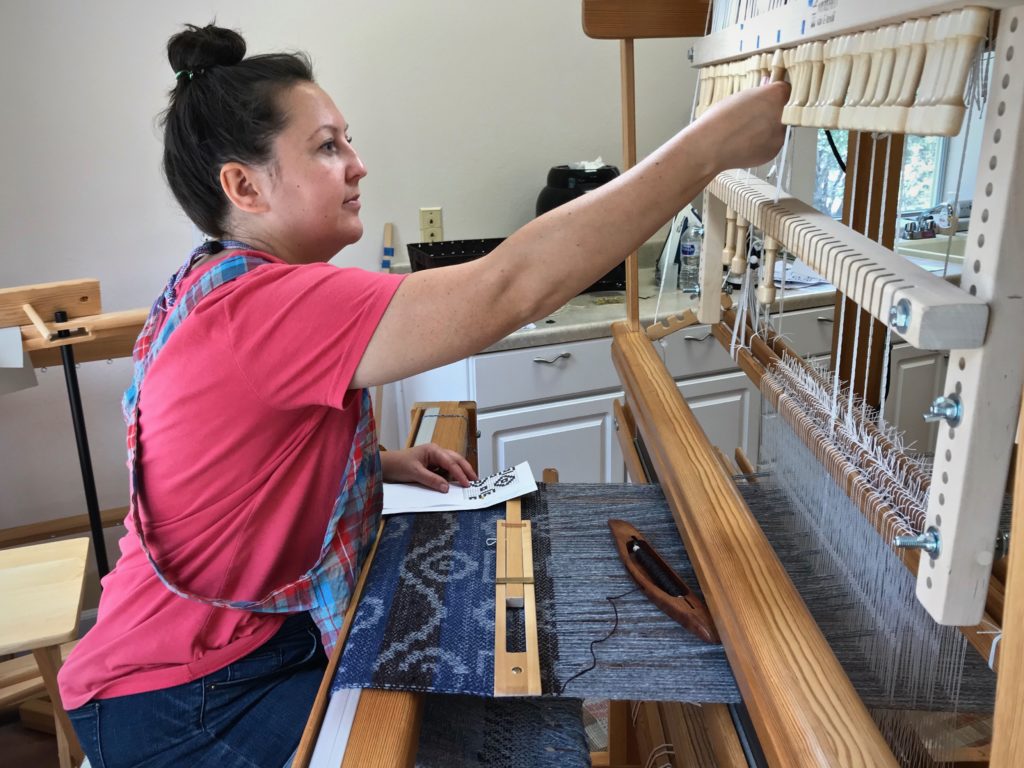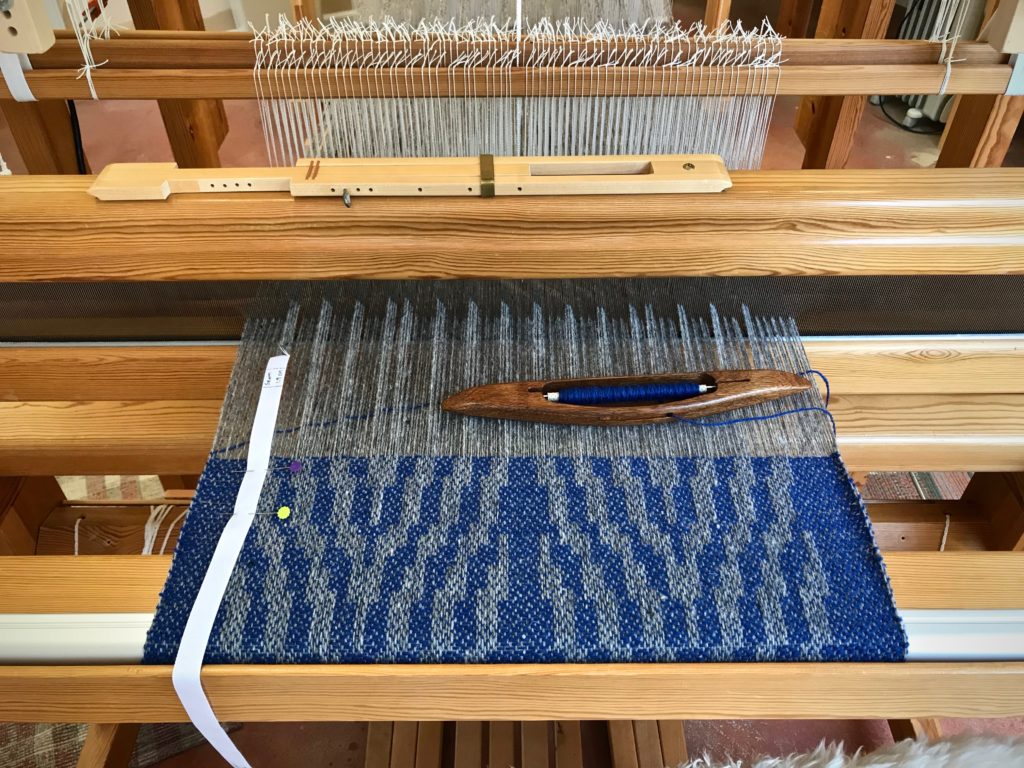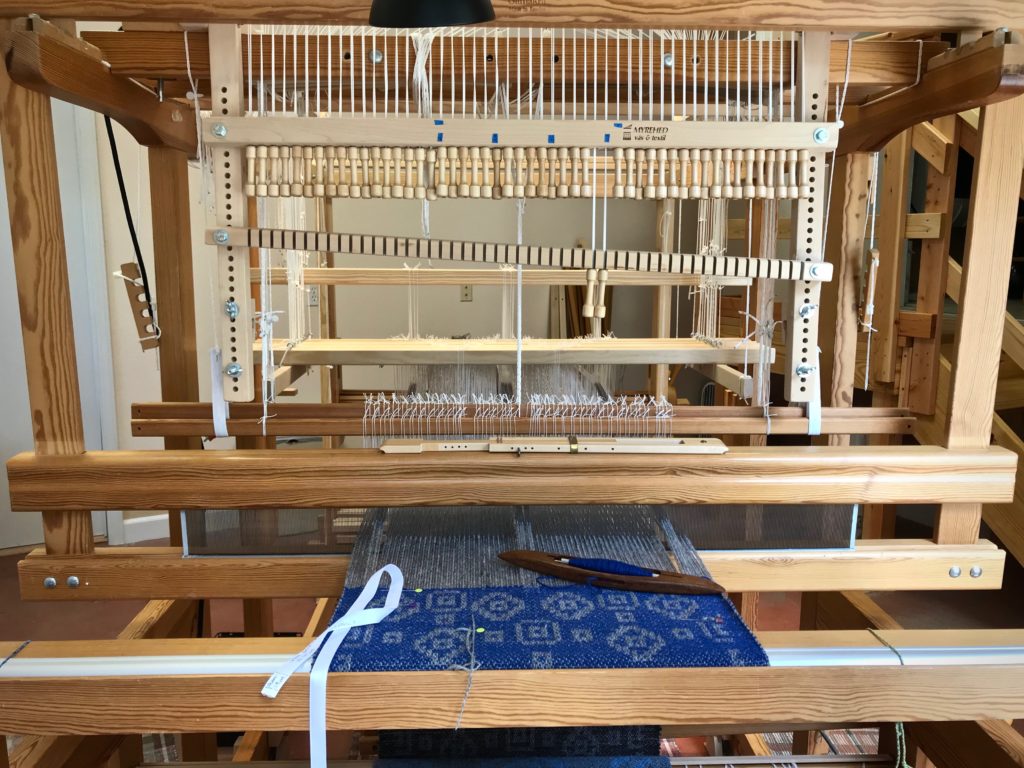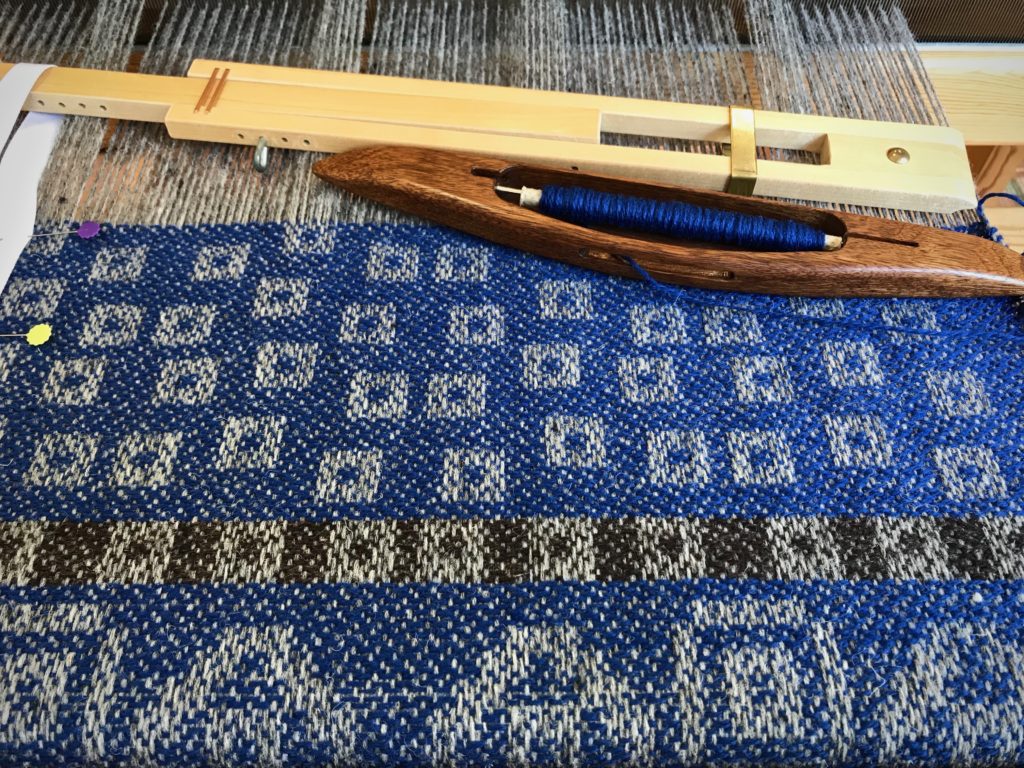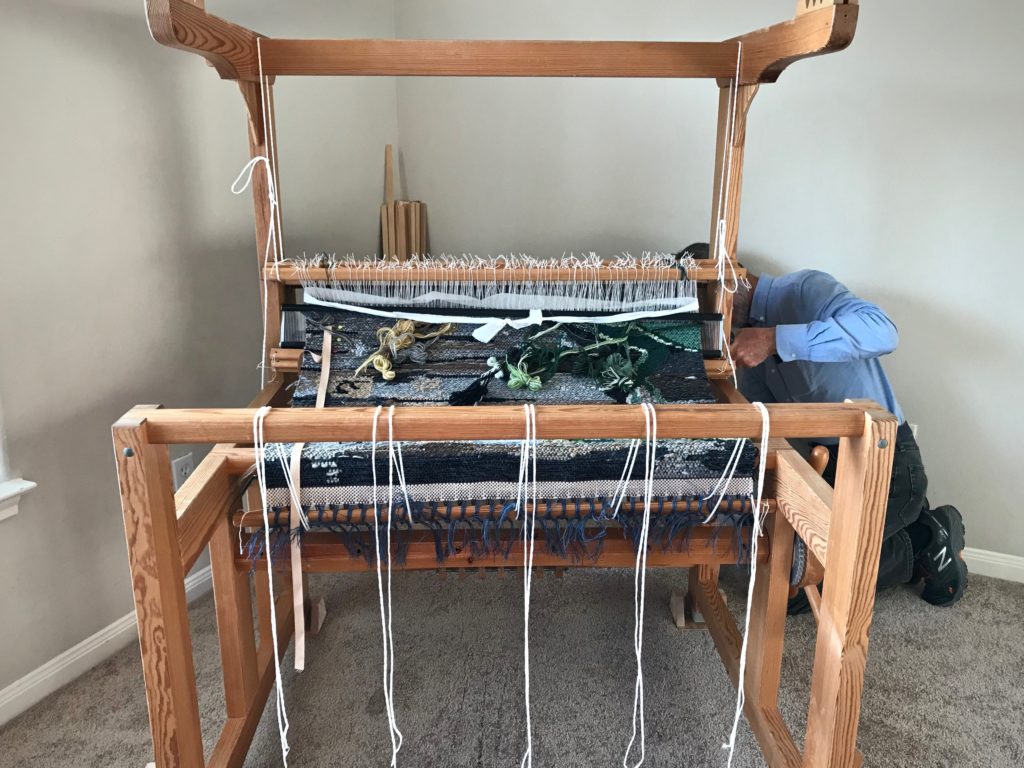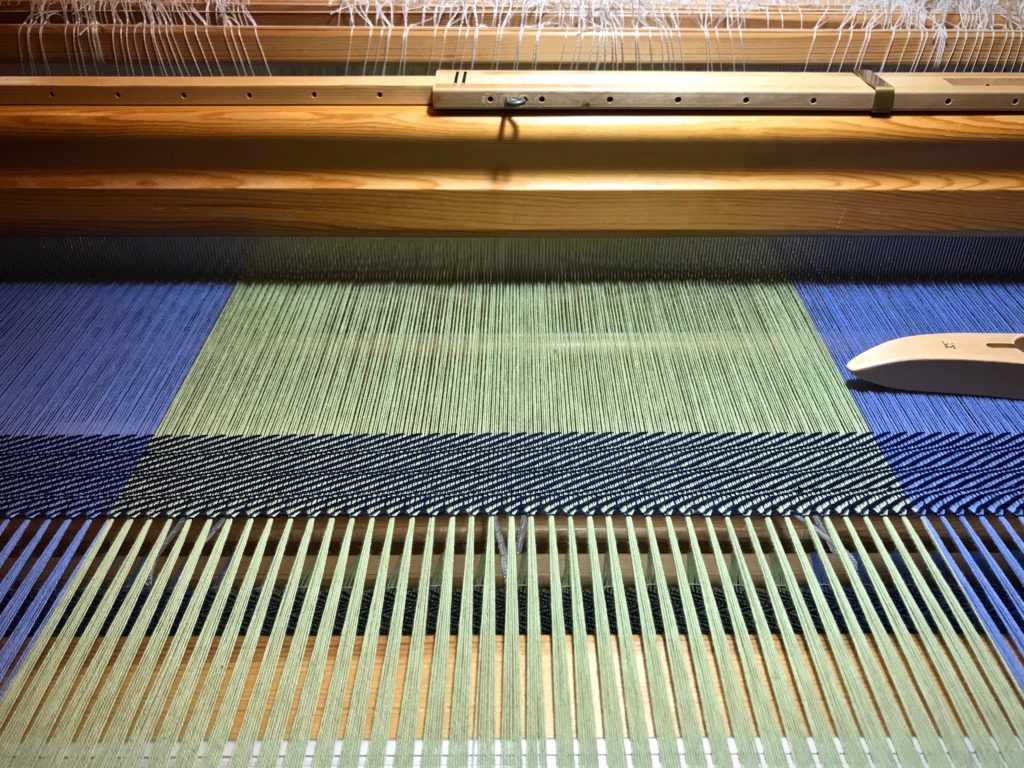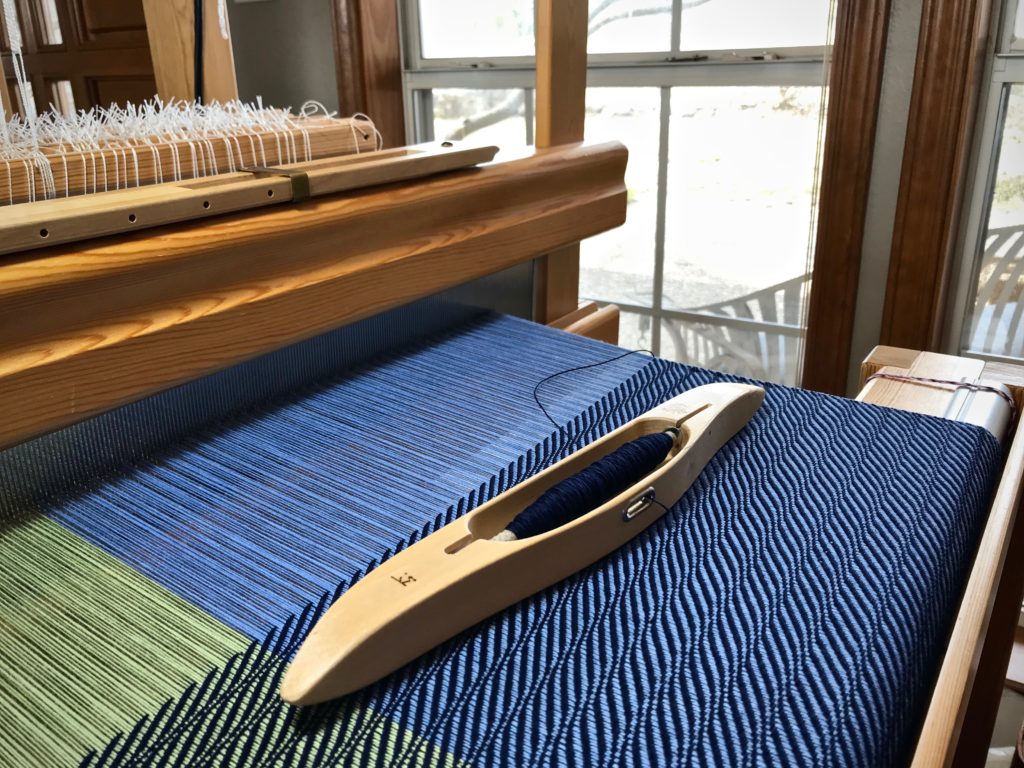Warped for Good is ten years old today! To celebrate I offer you some stats and thoughts and thank you’s.
Number of years: 10
I started this blog when I was still new to weaving. This is a learning journey, and you have been learning with me. THANK YOU!
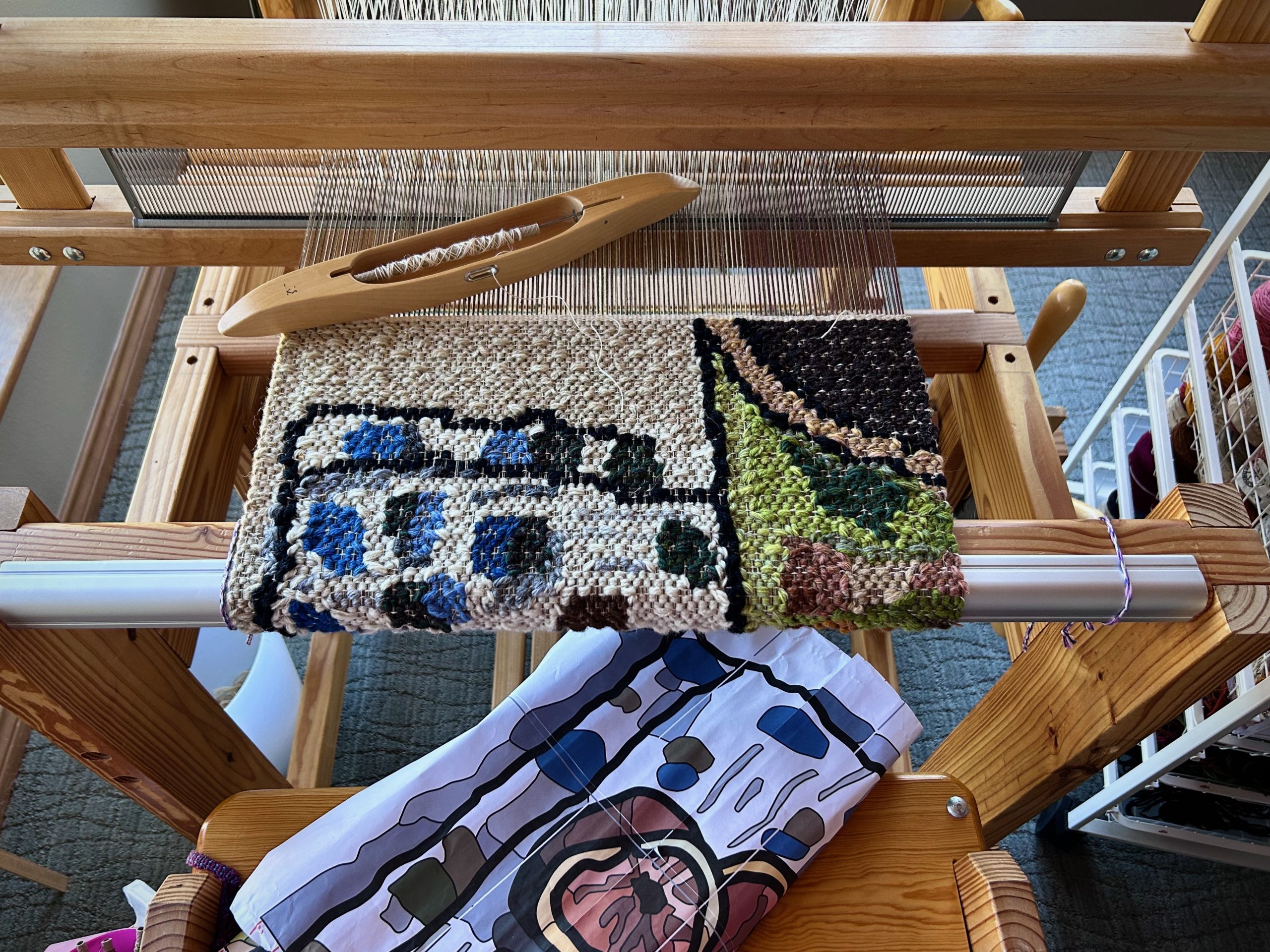
Number of email subscribers: 1000
I started with a handful of friends (about 8 or 10) and a few curious family members. I’m incredibly grateful to those first few who allowed me to test my writing skills on them! I am more than astonished that many, many people trust me to bring them news of what’s happening on my looms. I count all of you as friends, and I am so thankful to have you come sit in my studio with me!
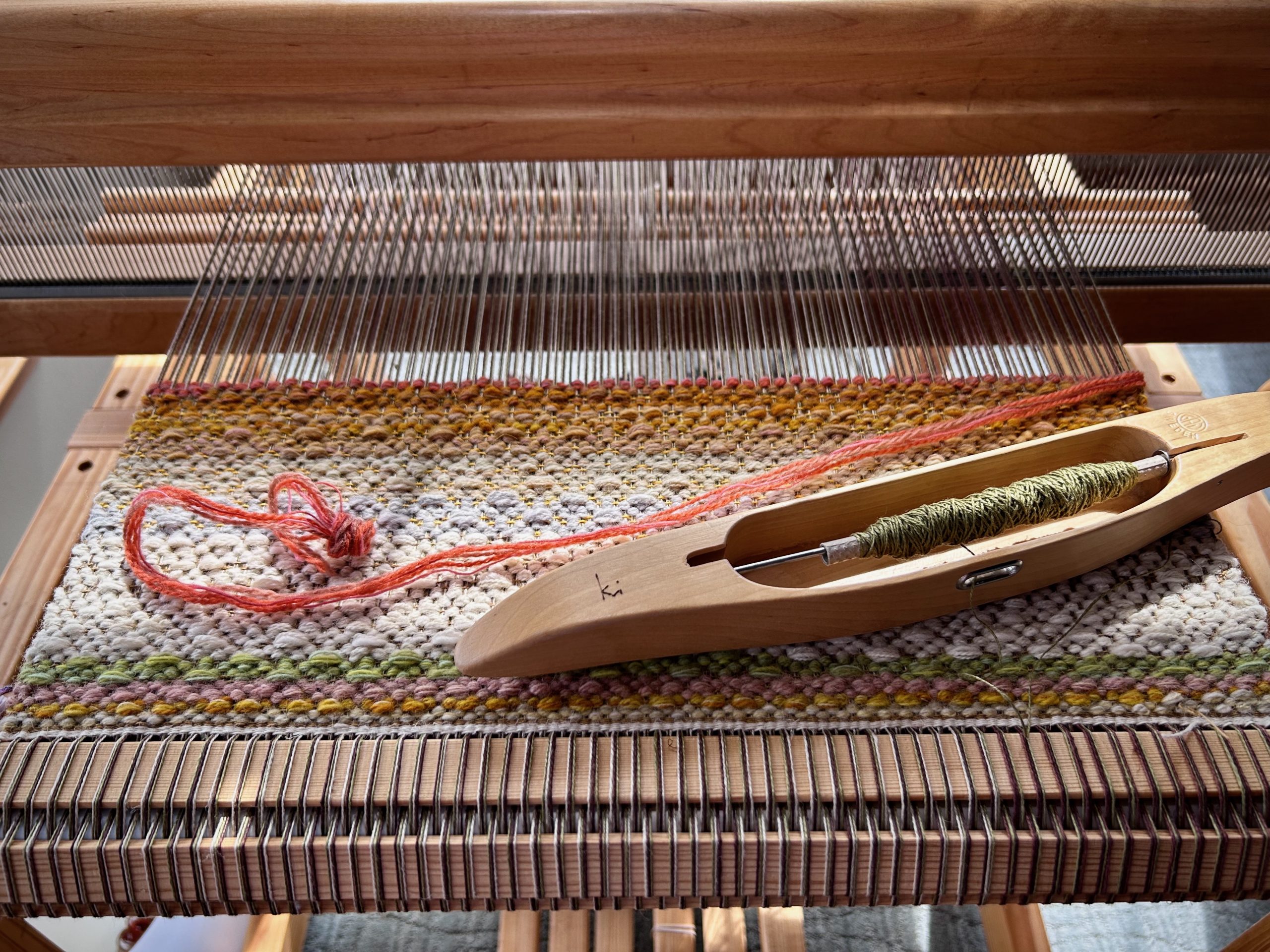
Number of blog posts: 781
Some of you remember when I posted twice a week. When Steve retired four years ago, I slowed down to one post a week.
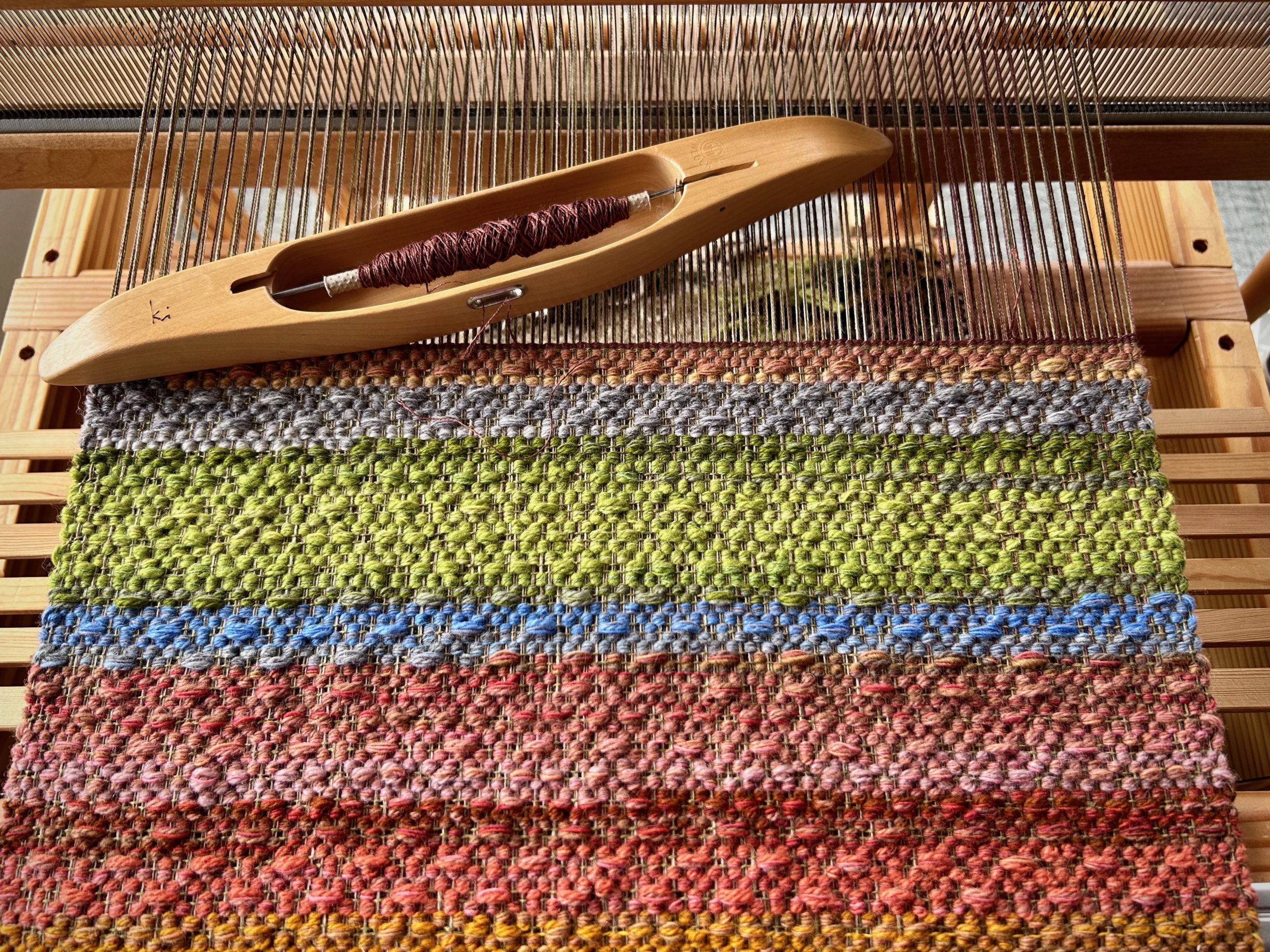
Number of floor looms: 5
Warped for Good started with one 120cm Glimåkra Standard Countermarch loom. I didn’t mean to end up with five floor looms. It just happened. (We’re not counting the band loom or rigid heddle looms.) A big thank you to my friend Joanne Hall who threw open the door to floor loom weaving when I first knocked on that door.
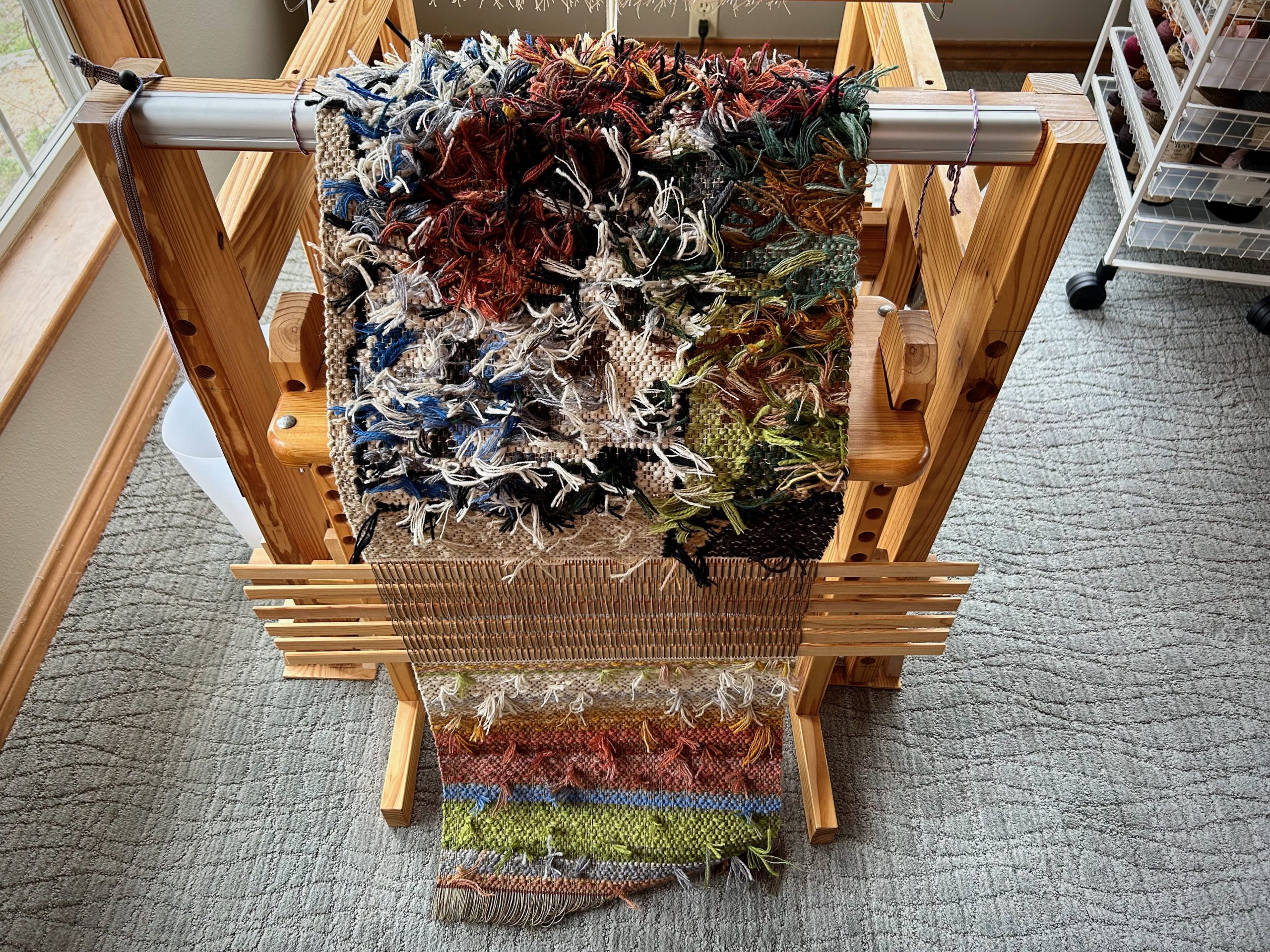
Nickname: Miss Weave-a-lot
This is husband’s nickname for me because I weave a lot. Steve gets my heartfelt thanks for encouraging me every day.
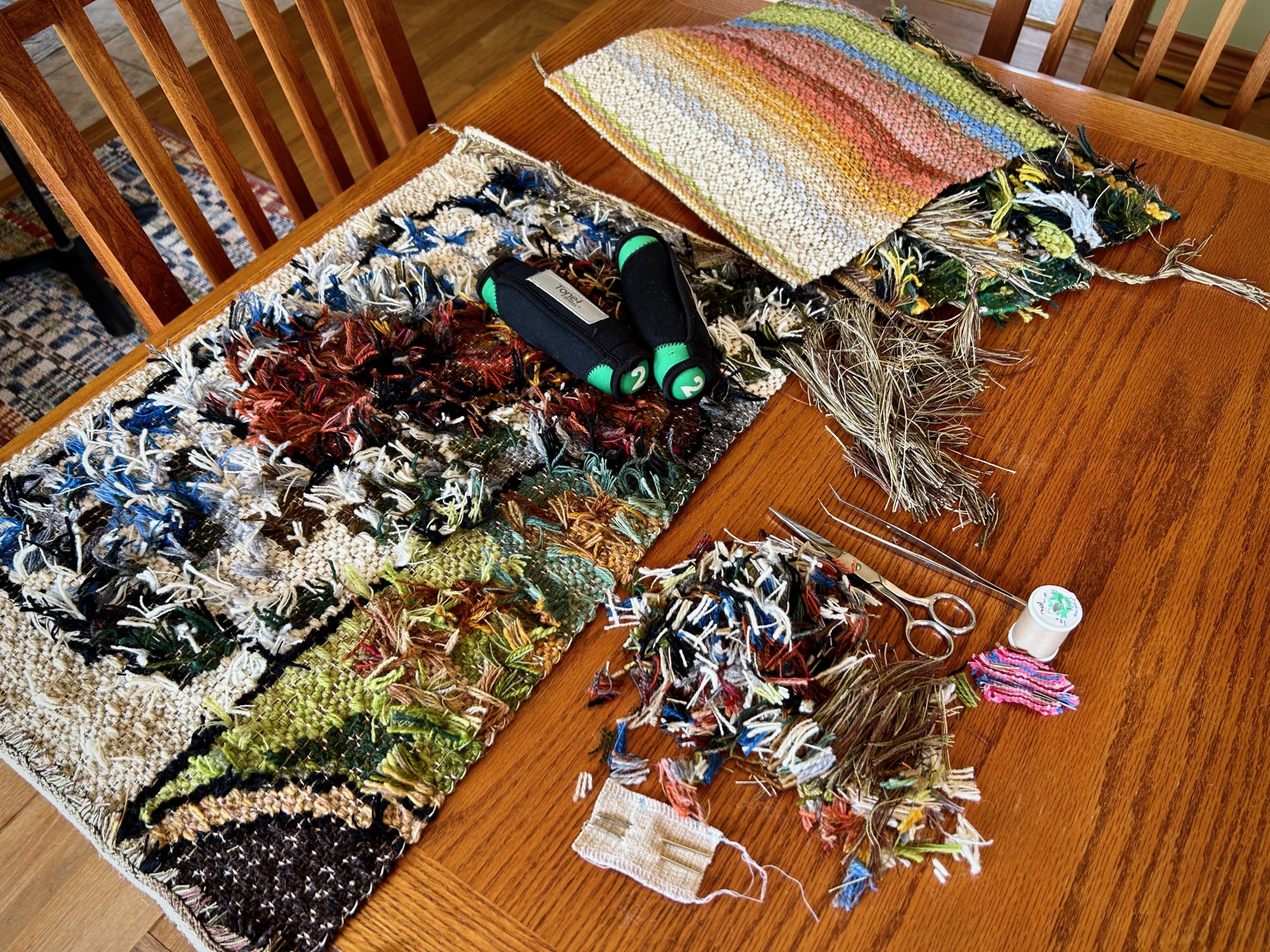
Number of months taken off: 6
I have taken a pause for the month of July the past six years.
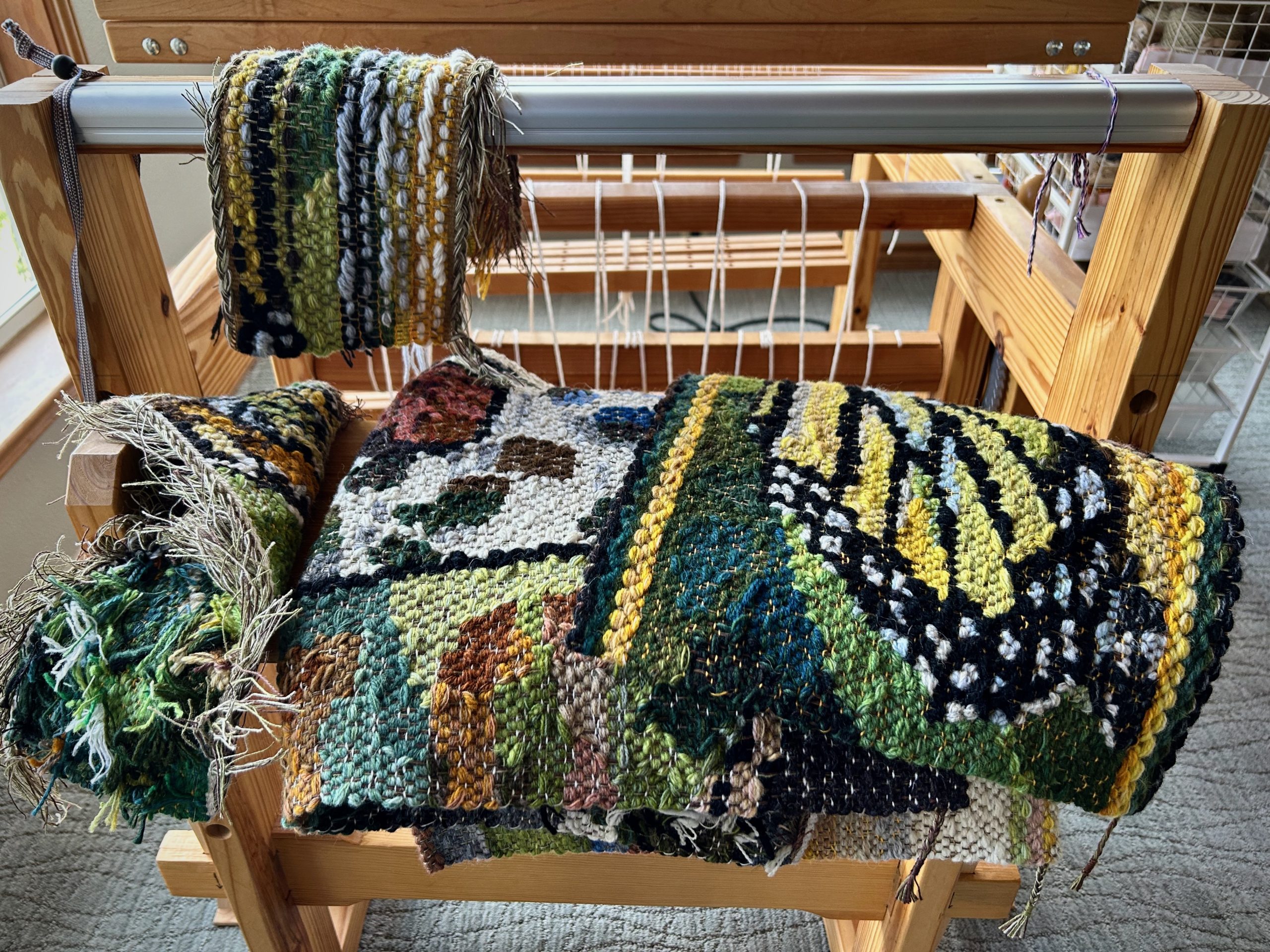
Number of missed posts (except for the July pauses): 0 (zero)
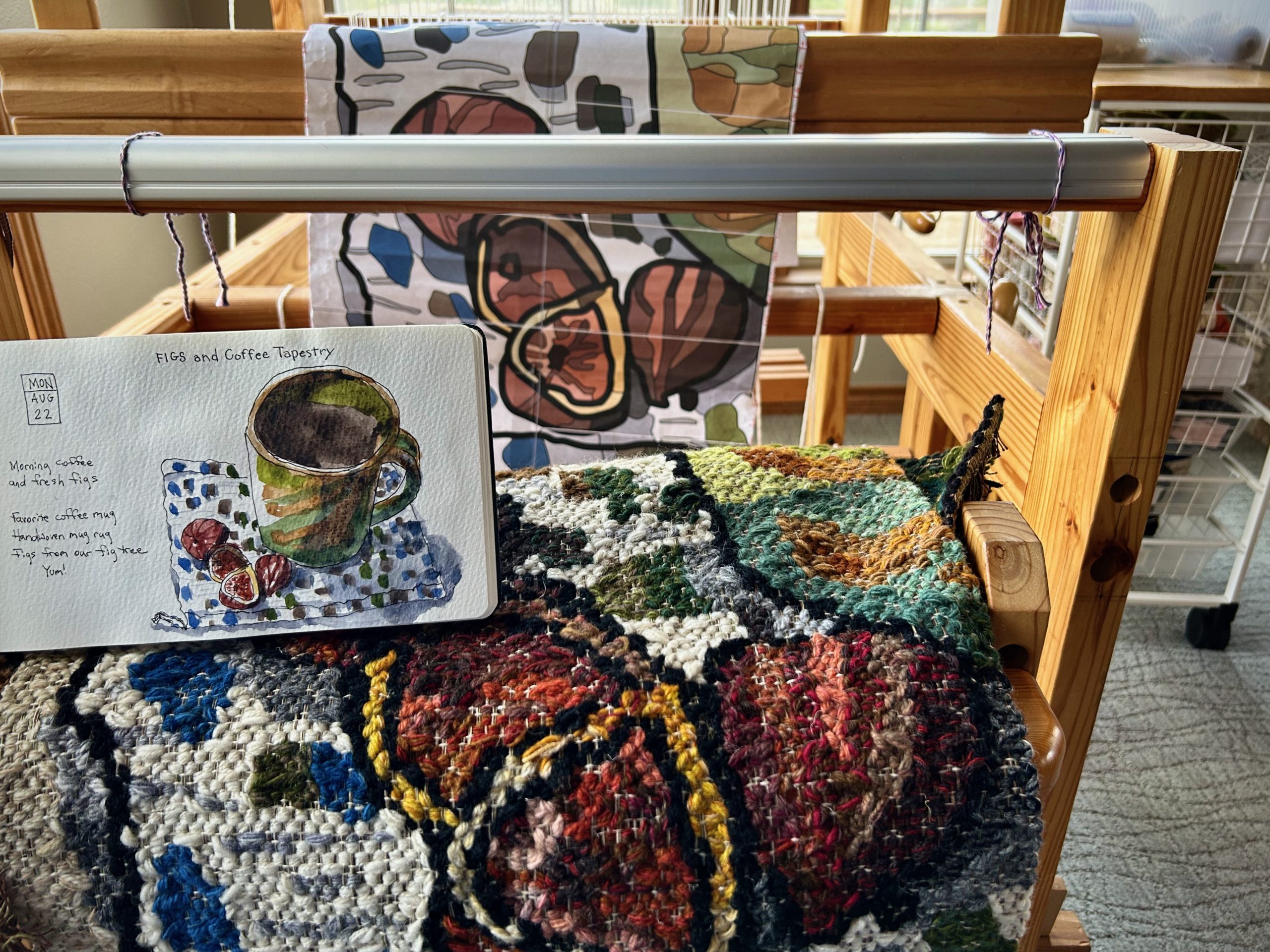
Most common email request: Electric Bobbin Winder parts list from Tools Day: Electric Bobbin Winder.
Thank you to Steve for making things for me. Thank you to my Warped for Good friends for every email you send me. I’m especially thrilled when you show me pictures of what you are weaving!
Most visited post: More than Meets the Eye
Very first Warped for Good post: Hidden Strength

Number of delayed meals: Too many to count (according to Steve)
Needless to say, I am thankful to have married a very patient man.
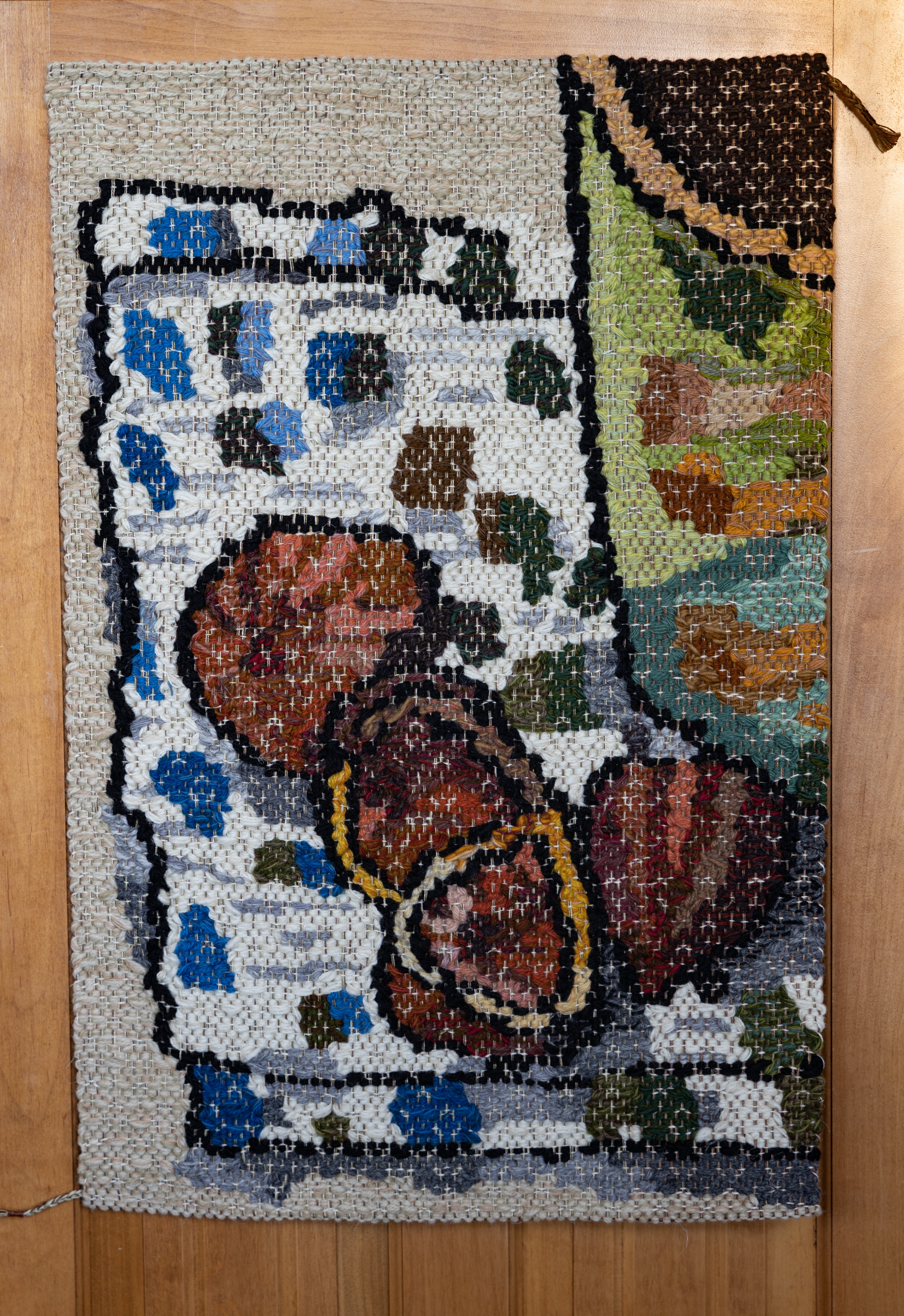
Why the name Warped for Good?
Warped for Good is a metaphor for living a purposeful life as a believer in Jesus. God is the Grand Weaver who warps the loom. My life is the warp. Jesus Christ is the good. The weft is the daily living that aligns with the Master’s plan. Interacting with people, making friends, and sharing interests are all part of that plan. I’m truly grateful to my Grand Weaver for all the friends I’ve gained through this humble home of Warped for Good.
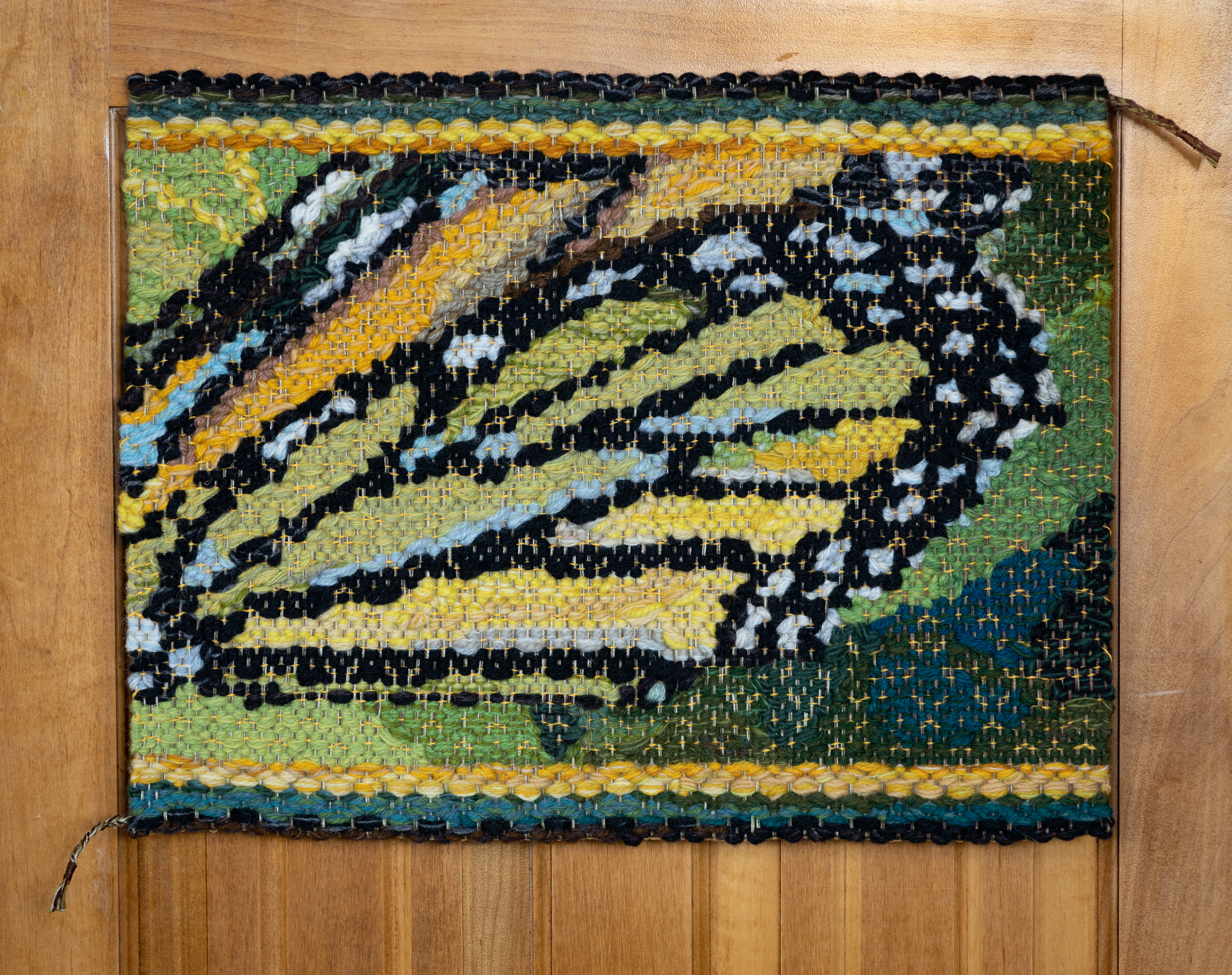
May you mark your milestones.
IMPORTANT INFORMATION: Warped for Good emails are ending today. Please bookmark this site so you can come right here and enjoy this weaving journey with me. Think about setting a reminder for yourself to come and see what’s happening on these looms. See you soon!
Warped for good,
Karen



